A devastating landslide struck early yesterday morning in the remote villages of Mulitaka in the Porgera-Paila district of Enga province, northern Papua New Guinea. According to a report by the BBC, it is feared that over 300 people have been buried in the catastrophic event.
The landslide has buried approximately 1,182 houses, leaving a significant number of residents trapped under debris. The affected area, comprising six remote villages, has been described as a disaster zone, with extensive damage and loss of life feared.
The Australian humanitarian agency CARE has reported that a team of medics and military personnel has reached the isolated landslide sites. These first responders are facing challenging conditions as they work to locate survivors and provide medical assistance.
Rescue operations have been severely hampered by the landslide, which has blocked key highways in the region. With ground access cut off, helicopters have become the primary means of carrying out rescue missions and delivering much-needed relief supplies to the affected areas. The use of aerial support is crucial in reaching those who are isolated and in dire need of assistance.
The full extent of the disaster is still unfolding, with fears that the death toll could rise as rescue efforts continue. Authorities and humanitarian agencies are working tirelessly to provide aid, but the remote location and scale of the landslide present significant challenges.
This disaster highlights the urgent need for comprehensive disaster response mechanisms in regions prone to such natural calamities, emphasizing the importance of both immediate relief and long-term recovery efforts.



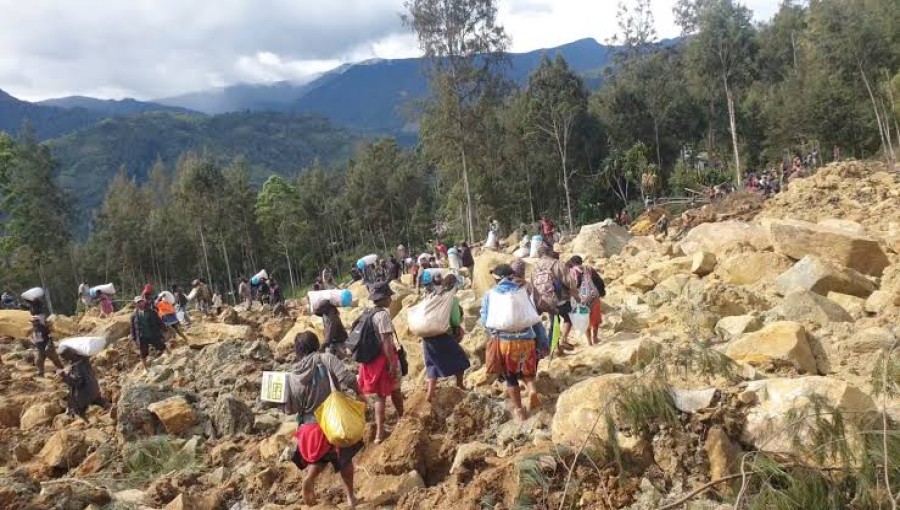



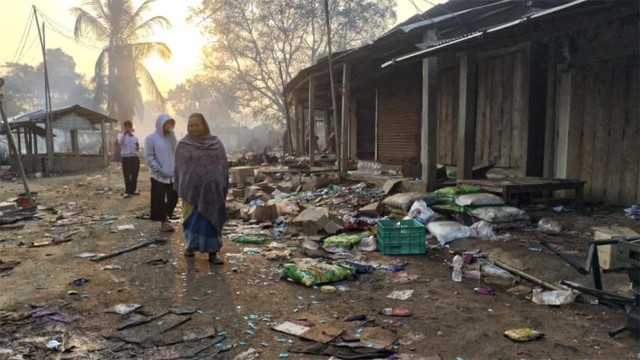
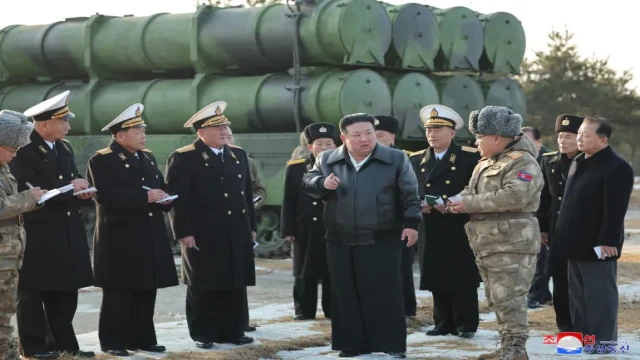



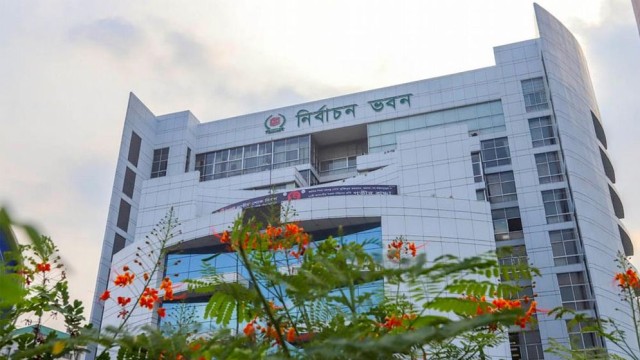
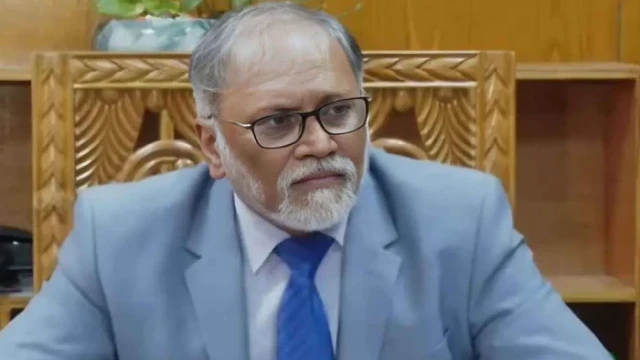


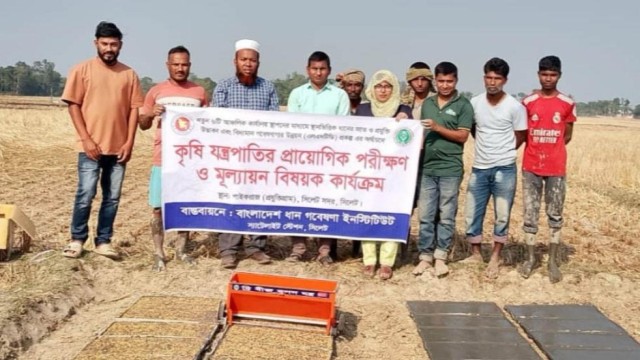

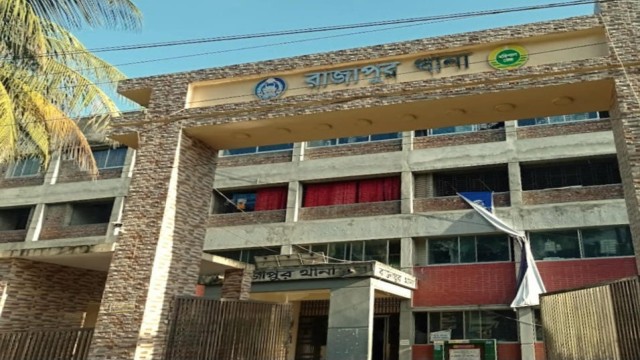



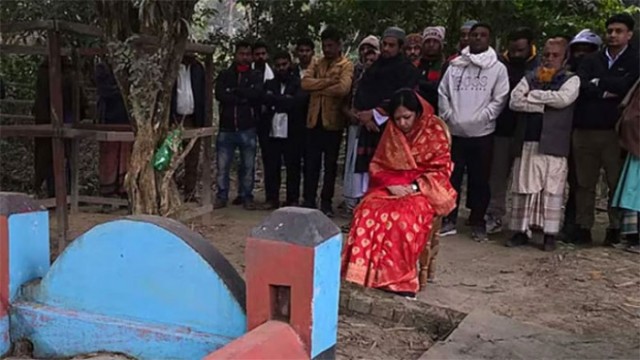

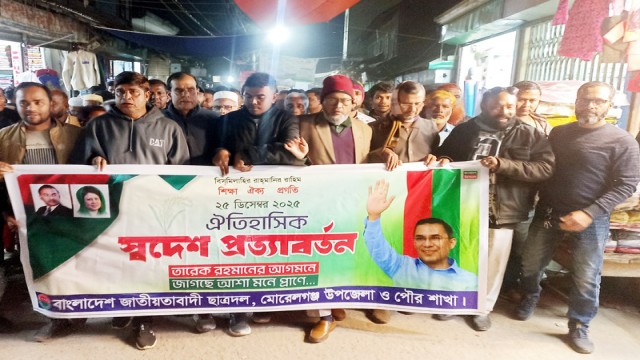
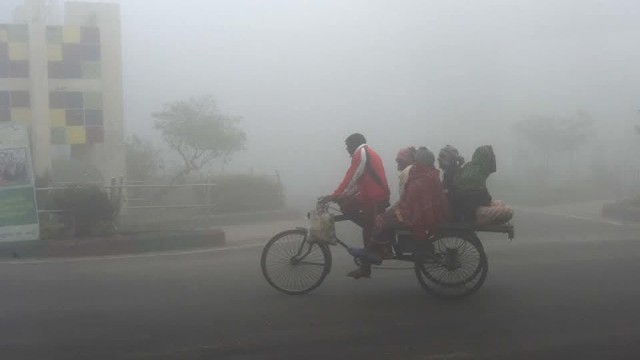
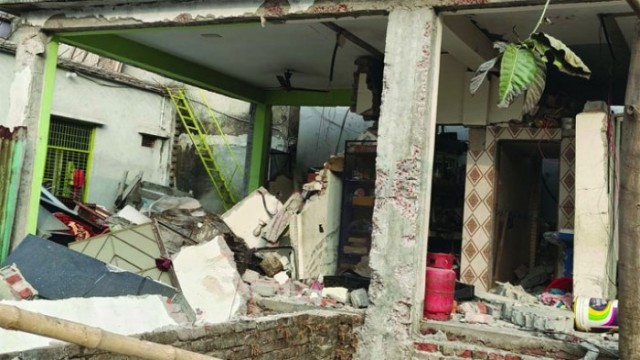

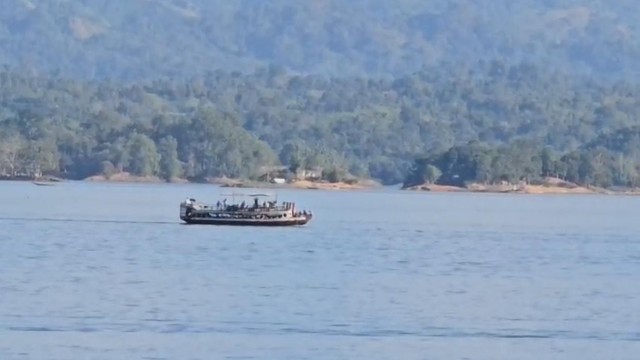

Comment: